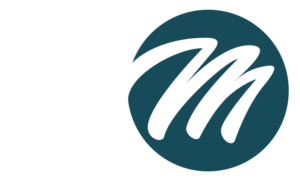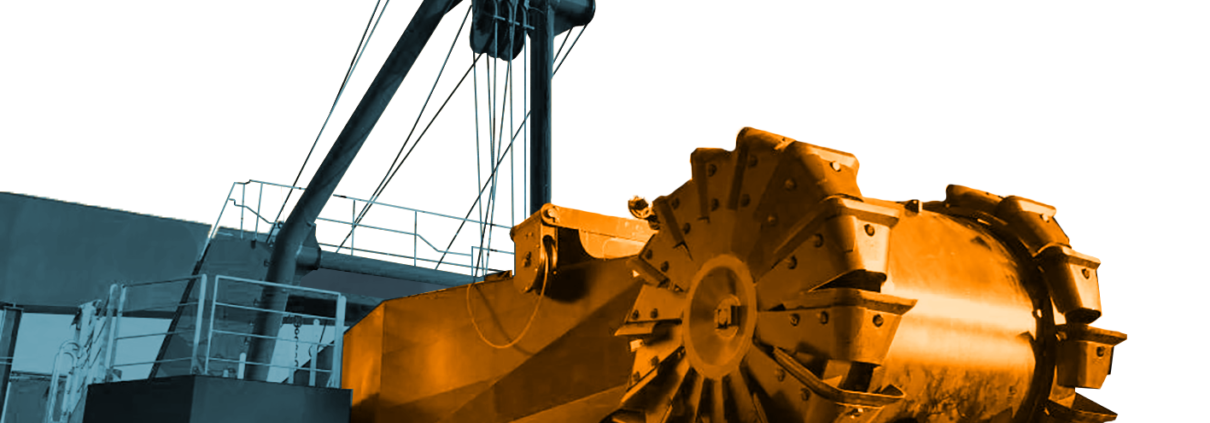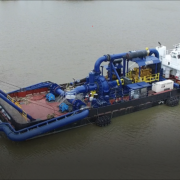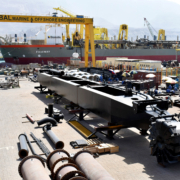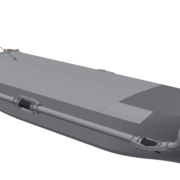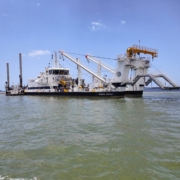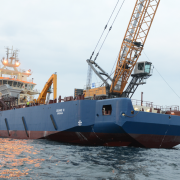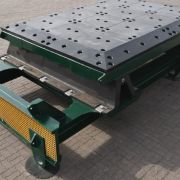Interview with Georges Teheux, General Manager at MOTAS Dredging Solutions
Designing and developing great components is not enough to make a dredging vessel work in the most efficient way. It’s the way the different components and systems work together and communicate what makes a good machine a great machine.
By Eldin Ganic – DredgingToday.com
A couple of days ago, we took an opportunity to talk about sustainable dredging solutions in today’s world with Georges Teheux, General Manager at MOTAS Dredging Solutions – the IJmuiden based ship builder, equipment manufacturer and technical service provider in marine, dredging and offshore industries.
DT: As an introduction to some of our readers who are not familiar with your company, what can you tell us about your business, the beginnings and where is MOTAS Dredging Solutions today?
Georges Teheux: MOTAS Dredging Solutions was founded 5 years ago and from that point of view it is a relatively young company. Nevertheless, majority of the people working here have a lifetime experience in the dredging industry and as a consequence they bring in a huge amount of knowledge.
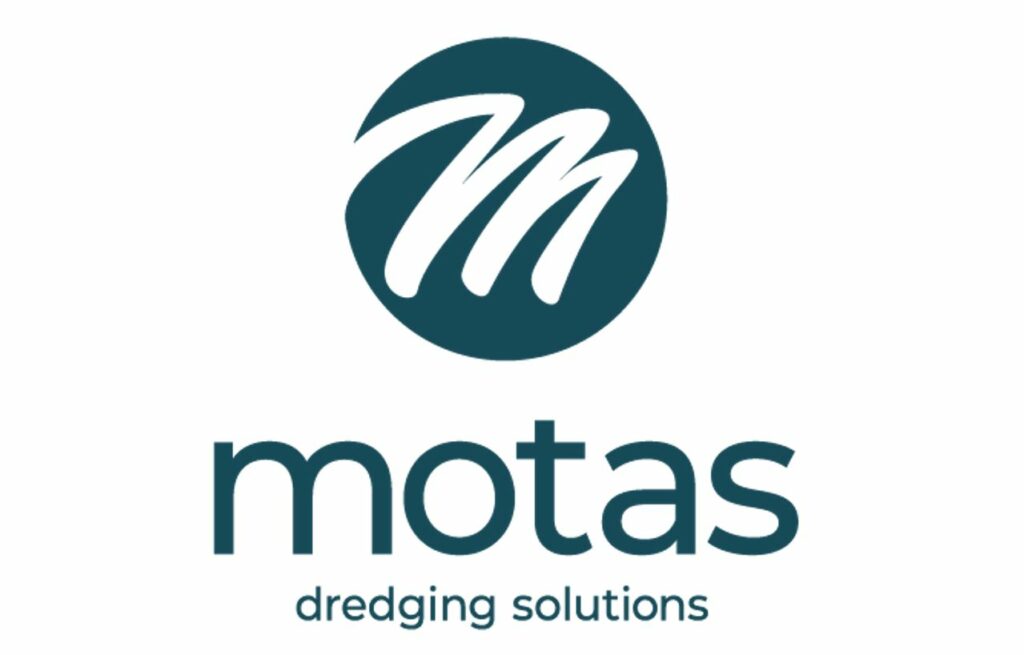
As a company, we focus on the development, design and fabrication of dredging equipment and systems. Basically, you can come to us for a single component to a complete dredger.
Often, we go into a process together with our customer. Therefore, we help them in defining the best possible configuration (concept) of equipment for the intended use.
We do not only limit ourselves to a technical/conceptual design, but we also can take complete CAPEX/OPEX analysis into the project, helping our customer in making the right choices and lowest possible ‘total cost of owner ship (TCO)’.

DT: Overall, 2020 and 2021 were challenging around the globe in many ways, how did your company sail through that period?
Georges Teheux: In 2020 Q1, we signed some big/complex contracts, so we were quite busy these two years.
The major difference was that we were more or less unable (or difficult) to visit our customer on a regular basis due to the travel and entrance restrictions. Since it is of paramount importance to have intensive communication with all stakeholders in such projects, we had to organize our projects in a different way. Our IT infrastructure was key in facilitating this.
The advantage of being a relatively young company is that we could design our IT infrastructure from the scratch. Moreover, we already made crucial choices in 2016.
As a result, all of our systems were so to say ‘COVID/lock down ready’ before we even knew about the existence of COVID. We only had to refine our working methods to make them more suitable for communication via video conference.
As a result, I can say that it actually helped us in organizing complex processes and projects in a more efficient way. So, from that point of view, we benefited from it in terms of business processes.

Of course, we have also seen some downsides. For example, a huge increase in prices of world-wide transport caused some big challenges for us.
Basically, availability of containers had gone down drastically and prices went up dramatically – meaning that for the running projects we had to cope with this which put a lot of strain on some of our projects or project phases, especially in the first year of the pandemic.
Also, our business concept helps in dealing with the current situation: by having co-makers all over the world we can relatively easy shift from for example far east or middle east production to mainland Europe production or the other way around. It all depends on where we need to deliver our final product. Another advantage of this concept is that we could keep our price levels more under control (less increase) then a lot of other companies.
DT: Over the years, MOTAS has added a lot of innovative equipment to the dredging industry. What is currently in the pipeline or what are you and your team currently working on?
Georges Teheux: In general, we can say there is a lot of activity in the market and we are working on quite a few innovative projects and products.
Especially on a product level, we have a more or less continued development – in terms of improving dredging equipment.
Next to looking to our products and services, we put a lot of emphasis on development of our working methods and business culture. All with the aim to have a fast response time and high level of quality and service for a reasonable price.
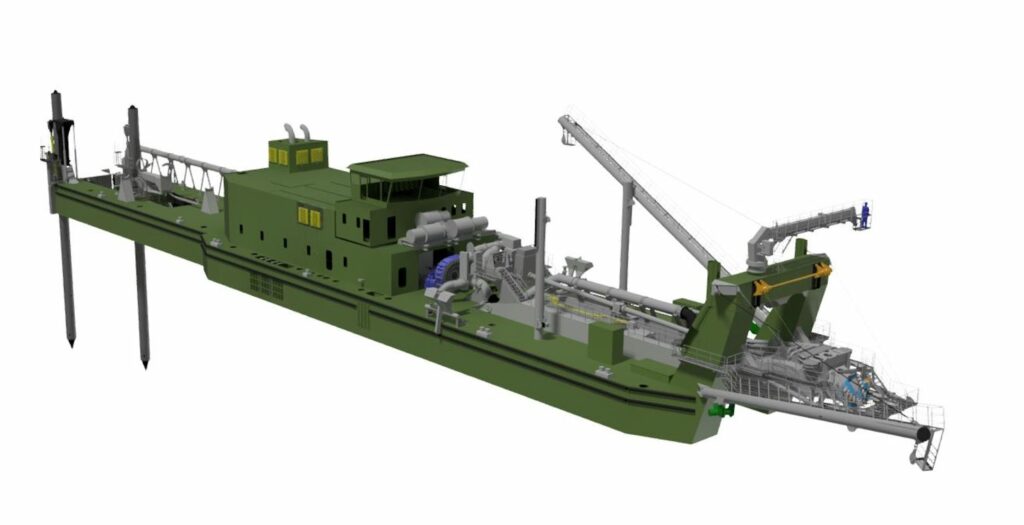
DT: Do you believe that dredging industry can make a difference in improving the environment’s quality, and what is your opinion on this?
Georges Teheux: Yes, it can make the difference. When we look into some of the drivers of the global dredging market, we see that a growing world population is moving to coastal areas, requiring land to be reclaimed and protected.
Global warming, amongst other things, leads to rising sea levels and floods disasters are more likely to occur.
Dredging plays a crucial role in protecting the people living in coastal areas. Also, removal of contaminated sediments from the bottom of lakes and other waterways is a perfect example of how dredging can be beneficial for the environment.

DT: Sustainability now comes in many forms, and as a producer of dredging equipment, you have knowledge, data and expertise to make a positive difference. What are your priorities when it comes to creating sustainable dredging solutions?
Georges Teheux: The word sustainable is a ‘big word’ and gives room for a wide range of interpretations.
Nevertheless, looking to the ‘classic’ sustainability pillars: ‘people, planet and profit’, our main focus lies on ‘people’ (customers and suppliers), since we need to do it together.
I think we are very good in creating one team (or blending in) together with our customers and other stakeholders, as we go into projects or product developments.
Maintaining a long-term relationship is our main focus. Next to that, it is of a crucial importance that we get a clear feedback from the end user in order to develop sustainable dredging solutions.
So, definitely our priority is ‘people’ when it comes to sustainable developments.
